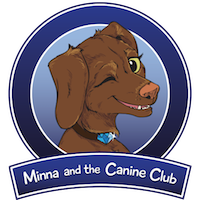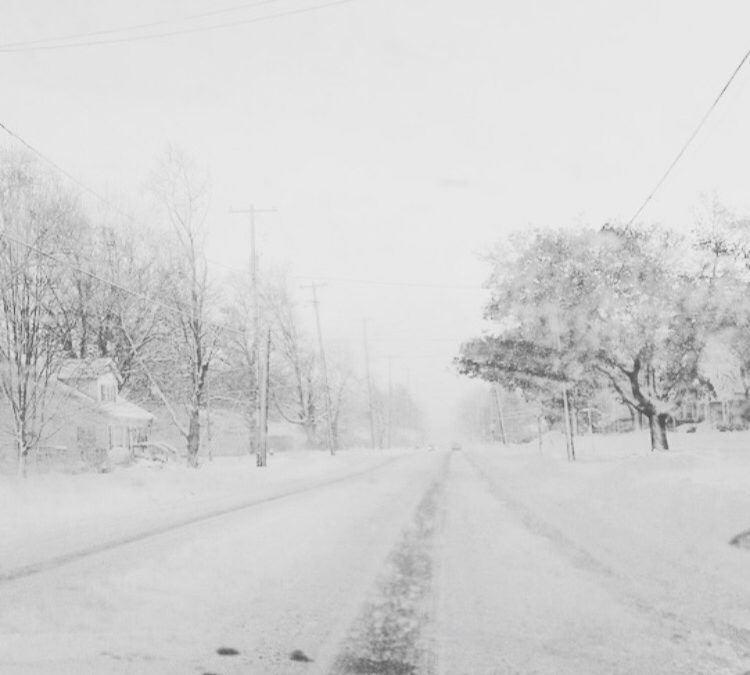by, Thad Abel
Spike Walker, author of “Alaska: Tales of Adventure From The Last Frontier” states that in Alaska the citizens follow an unwritten code, “the commitment to look out for your neighbors”. No story better exemplifies the spirit of Alaskans and their dogs than the “1925 Serum Run to Nome” or as it is also referred to as “The Great Race of Mercy”.
Nome, Alaska is located in the northwest part of the Seward Peninsula and is only 143 miles from the Arctic Circle. From November to July the ports were closed due to ice and at this time it was risky for airplanes and impassable by train or automobiles to deliver goods. The last shipment is made before winter and what you had is all you got until the ice melted the following spring. So, the only means to bring supplies during the winter was by a dog sled team. Even so, it was very treacherous for the dogs to travel as they had to go through mountains, crevices, rivers, including the Yukon, wind tunnels and traveling on ice that at times would move. During the winter months the average temperature is between 0 and 15 degrees. To add to the already harsh conditions in 1925 the most powerful storm in 25 years came through from the north which caused blizzard conditions, high winds and chill that lowered the temperature to around -60 degrees!
In her book, “1925 Serum Run”, Jennifer Houdek mentions that in December of 1924 there were cases of sore throat but the only Dr. in town dismissed any serious concerns. However, when four people died within two weeks and a youngster died quickly in January he knew then it was diphtheria. According to the Mayo Clinic, diphtheria is a bacterial infection and is very contagious and deadly disease which can lead to an epidemic if not cared for. The problem for Nome started when there was no diphtheria serum delivered on that final shipment before winter and the only serum that there was had expired. Attempts by the Dr. to use the expired serum failed. In fear of the lives of the people in Nome and the possibility of an epidemic he called on the government officials for help.
The Governor of Alaska devised a plan to take the serum from Anchorage by train as far north as they could get and that was the town of Ninana. From Ninana to Nome was still 700 miles and the only mode of transportation was to use rudimentary airplanes or go by dog sled. Governor Bone decided to use dog sleds and he immediately ordered the organization and recruitment of 20 teams of the bravest and heartiest mush drivers and dogs. Most of the dogs were Alaskan Malamutes or Siberian Huskies and the men were mostly native Alaskans. Each team had incredible lead dogs who could follow the trail by smell and it was a good thing because the mush drivers could not see through some parts because of the blinding snow! The drivers were given an 18-20-pound package of precious serum, wrapped tightly because it could not freeze and needed to be warmed at each stop.
On January 27, the first leg of the trip from Ninana was led by “Wild” Bill Shannon and his 9 Malamutes. He successfully finished his 52-mile journey and handed the serum off to the 2nd leg. However, it was not without casualties. Three of his dogs, Cub, Jack and Jet died and “Wild” Bill’s face was severely frost bitten but they will always be remembered as heroes! There are 19 more relays to go in this miraculous journey of heroism, so you won’t want to miss next week’s blog, Part II: “The Journey to Nome”.
(Unless otherwise noted the facts of the story are taken from the Discovery Channel, “The Greatest Dog Story Ever Told)



